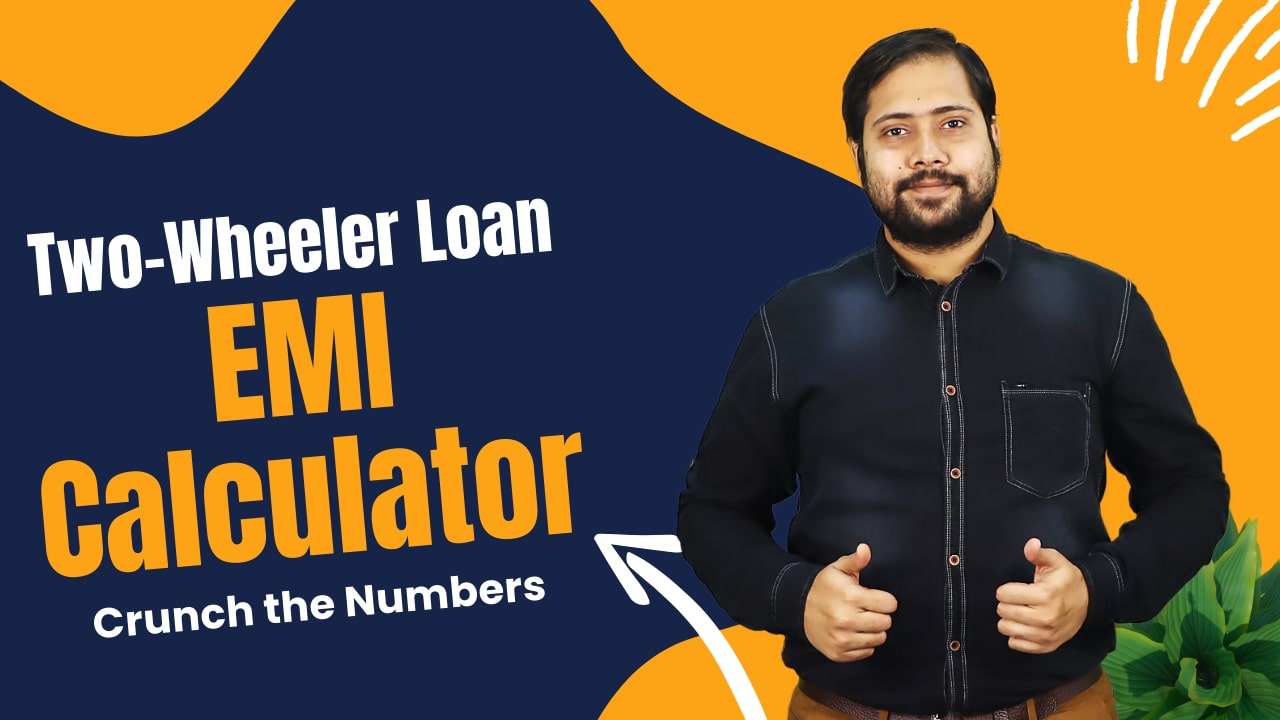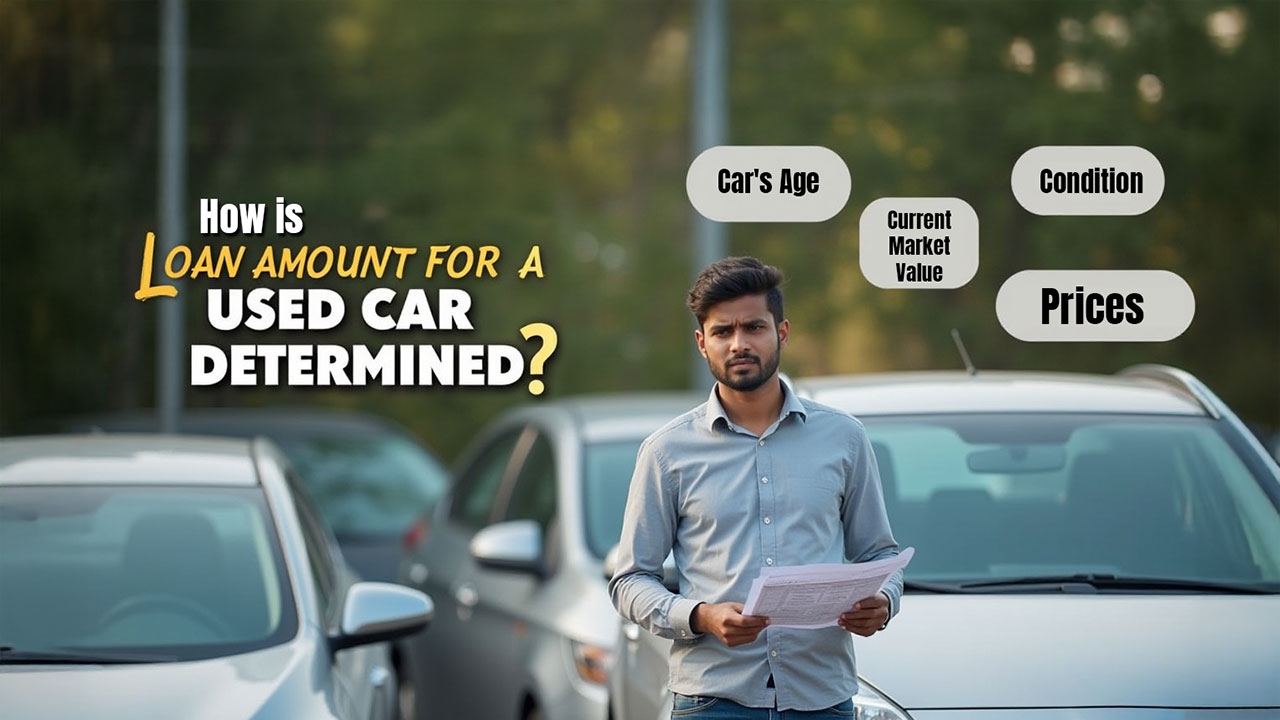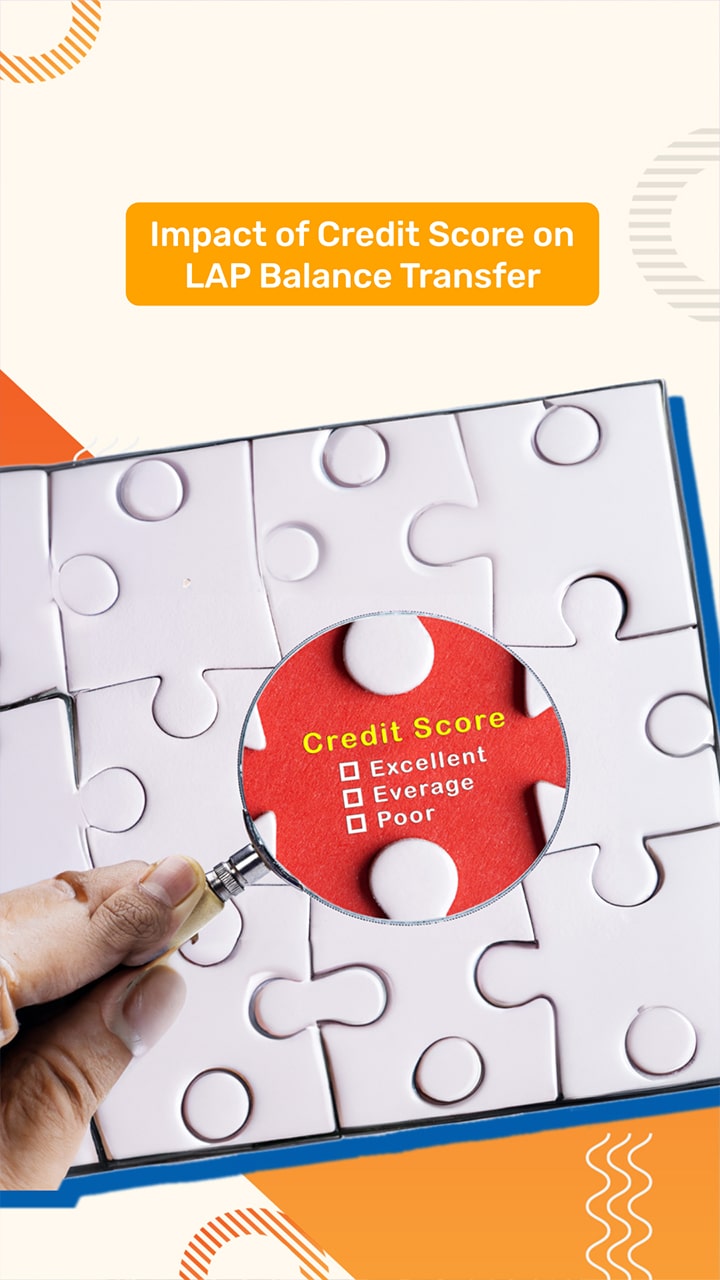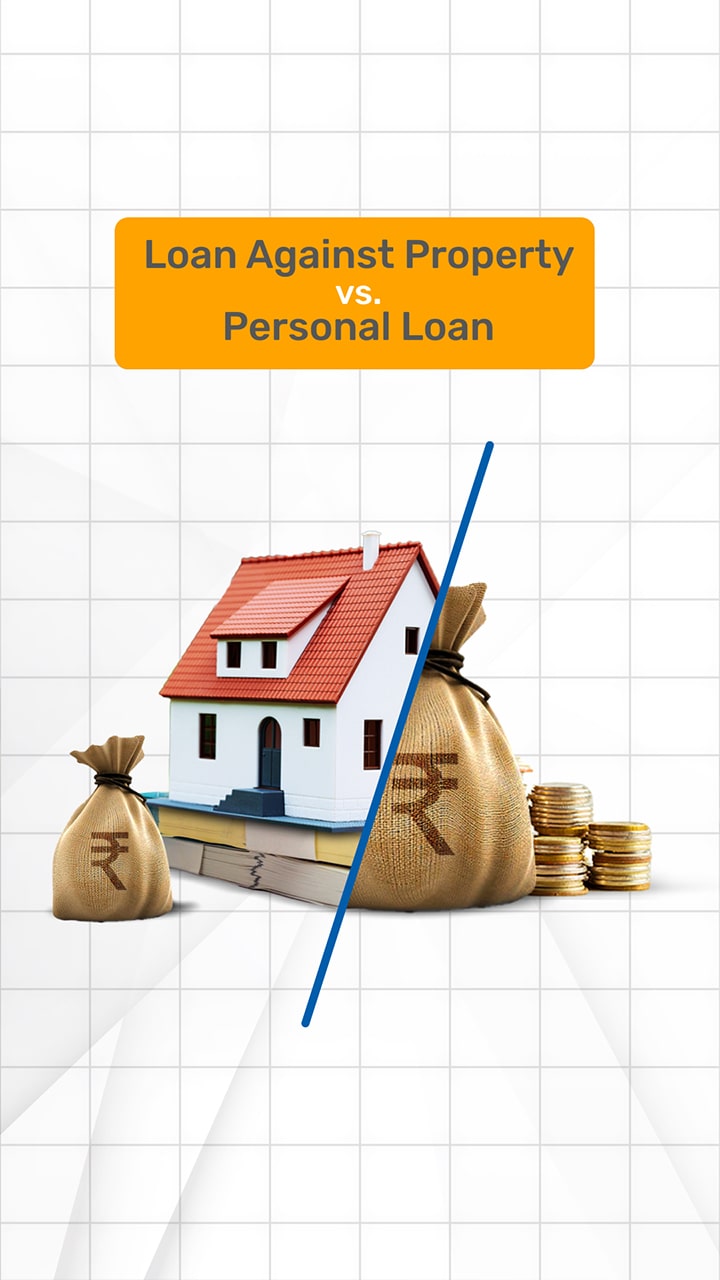Unlocking Your Property's Potential: Calculating Loans and EMIs
Considering a Loan Against Property (LAP) but stumped about the numbers and math involved? No worries! Let's break down how lenders decide the loan amount in this video.
First, we’ll understand how lenders assess the current market value of the property being used as collateral. Then, you’ll find out how they evaluate your eligibility based on factors like income, credit history, age, and existing liabilities. All these influence your Loan-to-Value (LTV) ratio.
We’ll also discuss how the LTV ratio usually ranges from 50% to 75% of the property’s value. For example, if your property is worth ₹1 Crore and the LTV is 60%, you might be eligible for a loan of up to ₹60 Lakhs.
Next, the video will dive into the EMI calculation. The formula for calculating LAP EMIs is: EMI = [P x r x (1+r)^n] / [(1+r)^n - 1], where P is the loan amount, r is the monthly interest rate, and n is the loan tenure in months. For instance, a ₹30 Lakh LAP over 14 years at 10% interest results in an EMI around ₹33,246.
Remember, timely EMI payments are essential for maintaining good credit and a smooth repayment journey. As always, stay tuned to Academy for more simplified financial insights.

Key Takeaways
LAP hinges on property value and eligibility factors like income and credit history to determine loan amount
Loan-to-Value (LTV) ratio crucially decides maximum loan amount, typically ranging from 50% to 75% in India
Higher property value and repayment capacity lead to a higher loan amount in LAP
LAP EMI calculation employs a straightforward formula based on loan amount, interest rate, and tenure
Interest rate in LAP is influenced by credit score, income stability, and property value
Timely payments in LAP maintain credit health and ensure smooth loan repayment
What to Watch Next
Bites


















_Balance_Transfer.jpg)

_Balance_Transfer.jpg)
















